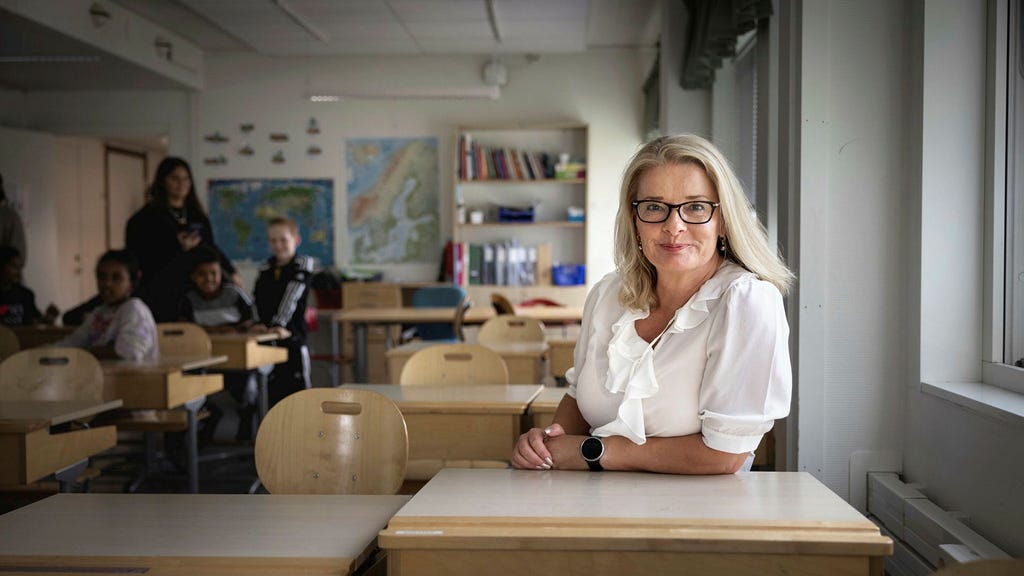The discourse surrounding education often centers around the concept of ”buffer children,” or quieter students strategically placed between disruptive classmates to maintain order. While this practice is widely criticized, it overshadows a more pressing issue: the plight of students trapped in classrooms where disruption is rampant and the concept of a ”buffer child” is a distant dream. These students often attend schools actively avoided by families with more resources, resulting in a concentration of students requiring significant support and lacking consistent home support. This creates a challenging environment for both students and teachers.
The prevailing narrative in education often portrays teaching as an individual interaction between teacher and student, downplaying the impact of classroom composition. However, the reality is that teachers instruct groups, not individuals. Research suggests that a ratio of approximately eight well-functioning students to one disruptive student is necessary to positively influence the disruptive student’s behavior. When classrooms become imbalanced, with a disproportionate number of students requiring support or exhibiting disruptive behavior, the potential for positive group dynamics diminishes. The ”buffer children,” instead of fostering calm, become overwhelmed by the surrounding chaos, exacerbating the negative spiral.
While a few disruptive students can be managed through strategic seating arrangements, a classroom where a significant portion of students struggles becomes unmanageable. This is not a reflection of teacher incompetence, but a systemic issue stemming from the uneven distribution of students across schools. The high concentration of students requiring support overwhelms the capacity of the teacher and undermines any attempts to create a positive learning environment. The resulting chaos negatively impacts all students, including those who would otherwise thrive in a more balanced classroom.
Furthermore, the skewed classroom composition affects the quality of instruction. Teachers adjust their teaching methods based on the collective abilities of their students. In classrooms with predominantly high-achieving students, the pace and complexity of lessons can be elevated. Conversely, in classrooms with a high concentration of struggling students, the overall level of instruction is often lowered to accommodate their needs. This creates a detrimental situation where potentially gifted students in disadvantaged schools fall behind their peers in more affluent schools, further widening the achievement gap.
The focus on ”buffer children” misses the broader point: the systemic issues created by school segregation based on socioeconomic status. The students trapped in under-resourced, chaotic classrooms don’t even have a label in the ongoing educational debate. The solution lies in fostering diverse, mixed-ability classrooms where positive group dynamics can flourish. This requires moving beyond simplistic arguments against ”forced busing” or using children as ”integration tools.” These are often used as straw man arguments to deflect from the real issue: the need for equitable educational opportunities for all students.
Contrary to popular belief, mixed-ability classrooms do not necessarily disadvantage high-achieving students. Research indicates that these classrooms can actually benefit all students while also being more cost-effective. The Skolkommission (Swedish School Commission) has found that educating a student in a socioeconomically disadvantaged school requires more resources than educating the same student in a more diverse school. Implementing school choice policies that prioritize mixed-ability classrooms would be beneficial both for the overall economy and for the most vulnerable students, without hindering the progress of those who are already performing well. This approach offers a multifaceted solution that addresses equity, academic outcomes, and economic efficiency, making it a compelling strategy for educational reform.














